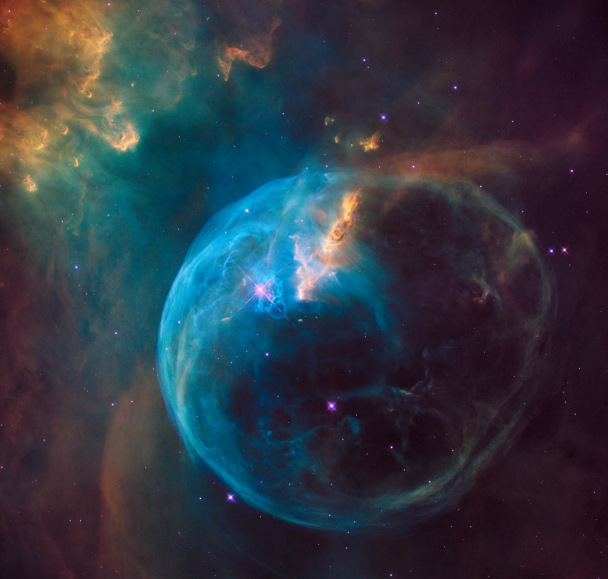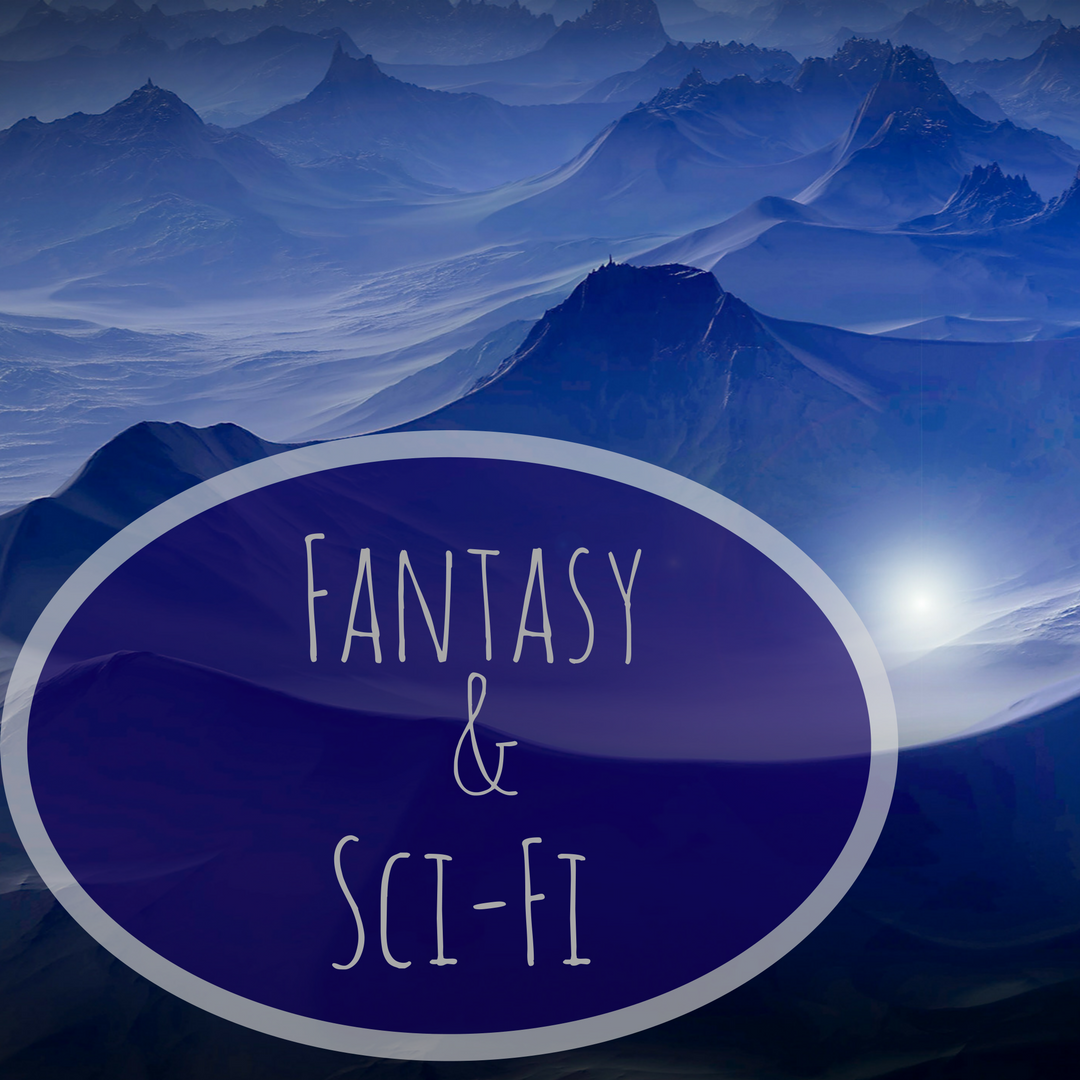“Murder committed on a dark and stormy night.”
“A grouchy widow lives alone in a broken down cottage.”
“The crazy inventor resides inside a windmill that works of its own free-will.”
Three greatly varied scenes, all enhanced in mood by the setting.
Many writers use setting to influence the reader’s emotion for a particular scene or to foreshadow what is later to come. But what about setting as a character itself?
Many writers strive to go beyond the simple cookie-cutter description of setting at the beginning of the story and sprinkle the emotional elements of that setting throughout the work, creating a deeper connection between the reader and characters. Using setting in this way can take the story to another level and can set that story apart from others like it. However, as fantasy writers, we have the opportunity to get even more creative with setting. Because our stories have the ability to go beyond the laws of physics, we can change or twist the setting into its very own unique character.
In Disney’s newest theatrical release, “Moana,” the fantastical world of demi-gods and magic does just that. While it may appear that the majority of the movie takes place on a small boat with a young girl and a demi-god (named Maui), there are actually three characters in each of those scenes. (If you don’t count the chicken!) Time and again the Ocean comes to the forefront, directing and affecting the final outcome of what takes place between Maui and Moana. In fact, it is the character of Ocean that sets Moana on her quest in the first place, when she gives the young girl the “heart of Tafiti” so she can go in search of Maui.
Once on the boat, Maui repeatedly attempts to leave the quest himself—or to force Moana to leave—but is waylaid when Ocean plops each of the main characters right back in their positions on the boat. How’s that for character? Without Ocean, the story would’ve ended before it even began!
As we write our fantasy stories, we have the opportunity to “think outside the box” with our imagination and take setting beyond what may be allowed in a non-fantasy world. In what way can you use your setting to make your story better? Is there an element missing from your work that could be filled with another non-human character? Take time to explore your setting—and the use of it as character. It may be just what your story needs.
Laura L. Zimmerman is a homeschooling mom to three daughters, and a doting wife to one husband. Besides writing, she is passionate about loving Jesus, singing, drinking coffee and anything Star Wars. You can connect with her through Facebook and Twitter and at her website, www.lauralzimmerman.com






No Comments